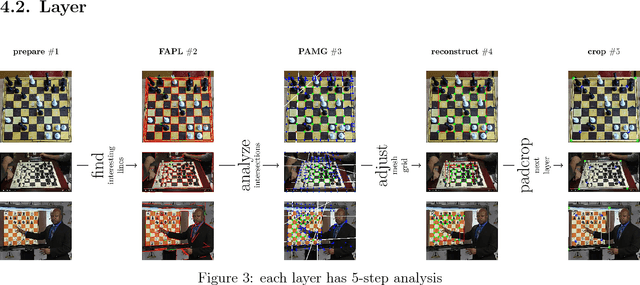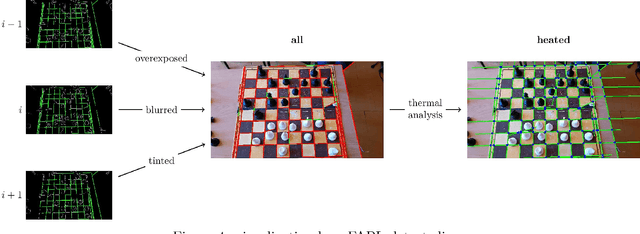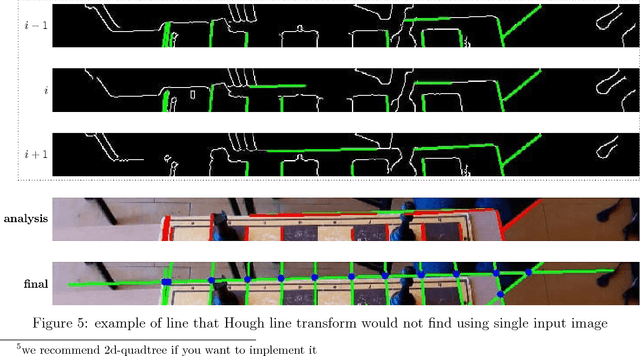Artur Laskowski
Chessboard and chess piece recognition with the support of neural networks
Oct 16, 2018



Abstract:Chessboard and chess piece recognition is a computer vision problem that has not yet been efficiently solved. However, its solution is crucial for many experienced players who wish to compete against AI bots, but also prefer to make decisions based on the analysis of a physical chessboard. It is also important for organizers of chess tournaments who wish to digitize play for online broadcasting or ordinary players who wish to share their gameplay with friends. Typically, such digitization tasks are performed by humans or with the aid of specialized chessboards and pieces. However, neither solution is easy or convenient. To solve this problem, we propose a novel algorithm for digitizing chessboard configurations. We designed a method that is resistant to lighting conditions and the angle at which images are captured, and works correctly with numerous chessboard styles. The proposed algorithm processes pictures iteratively. During each iteration, it executes three major sub-processes: detecting straight lines, finding lattice points, and positioning the chessboard. Finally, we identify all chess pieces and generate a description of the board utilizing standard notation. For each of these steps, we designed our own algorithm that surpasses existing solutions. We support our algorithms by utilizing machine learning techniques whenever possible. The described method performs extraordinarily well and achieves an accuracy over $99.5\%$ for detecting chessboard lattice points (compared to the $74\%$ for the best alternative), $95\%$ (compared to $60\%$ for the best alternative) for positioning the chessboard in an image, and almost $95\%$ for chess piece recognition.
 Add to Chrome
Add to Chrome Add to Firefox
Add to Firefox Add to Edge
Add to Edge